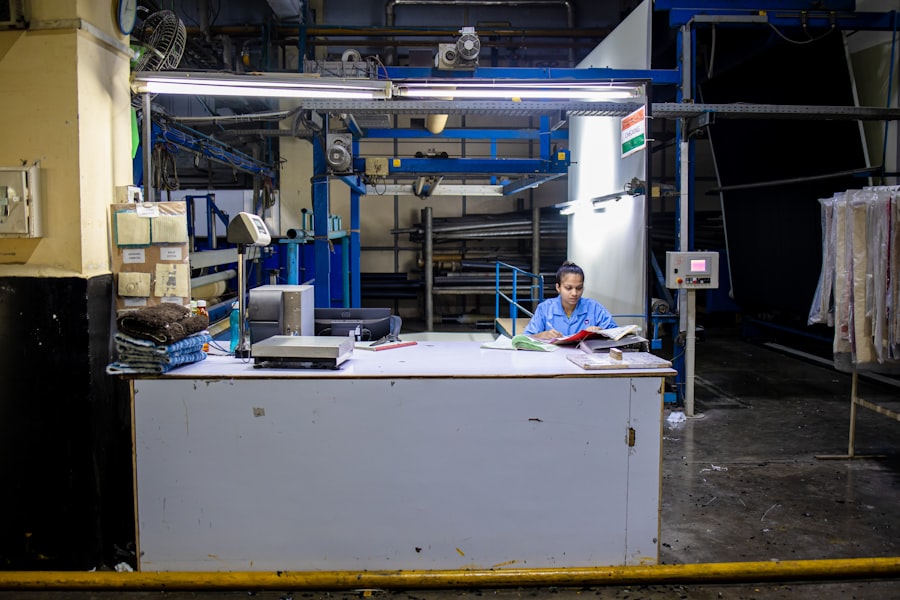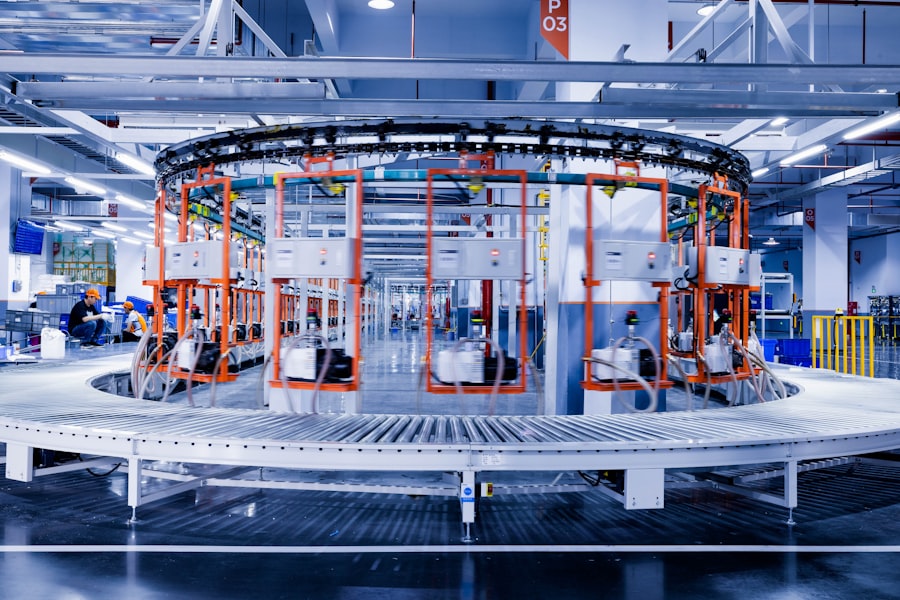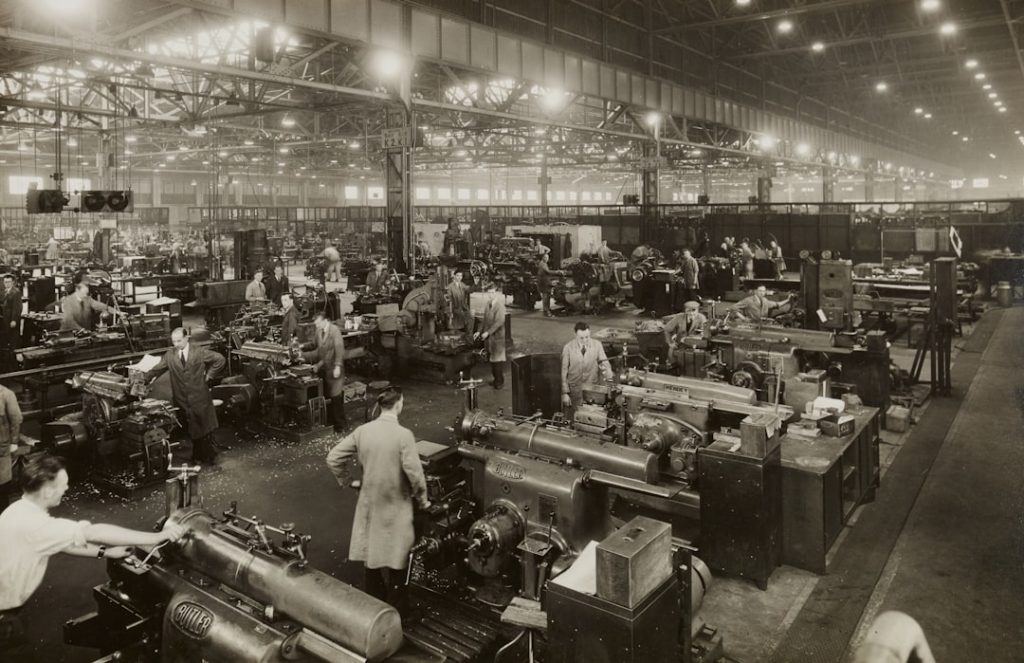Aerospace manufacturing is a complex and multifaceted industry that encompasses the design, production, and assembly of aircraft, spacecraft, satellites, and related systems and equipment. This sector is characterized by its stringent regulatory requirements, high safety standards, and the necessity for precision engineering. The aerospace industry has evolved significantly since the early days of flight, transitioning from rudimentary wooden structures to sophisticated composite materials and advanced avionics systems.
The manufacturing processes involved are equally intricate, often requiring a blend of traditional craftsmanship and cutting-edge technology. The aerospace manufacturing landscape is not only defined by the products it creates but also by the economic and technological implications it carries. It plays a crucial role in global trade, national defense, and scientific exploration.
The industry is a significant contributor to job creation and economic growth, with thousands of skilled workers engaged in various roles ranging from engineering to assembly line operations. As the demand for air travel continues to rise, driven by globalization and increased connectivity, the aerospace manufacturing sector faces both challenges and opportunities that will shape its future trajectory.
Key Takeaways
- Aerospace manufacturing involves the production of aircraft, spacecraft, and related components.
- Advancements in aerospace technology have led to the development of more efficient and advanced aircraft and spacecraft.
- 3D printing has revolutionized aerospace manufacturing by allowing for the production of complex and lightweight parts.
- Automation plays a crucial role in aerospace manufacturing, increasing efficiency and reducing human error.
- Sustainable practices, such as recycling and reducing waste, are becoming increasingly important in aerospace manufacturing.
Advancements in Aerospace Technology
The aerospace industry has witnessed remarkable advancements in technology over the past few decades, fundamentally transforming how aircraft and spacecraft are designed and manufactured. One of the most significant developments has been the integration of computer-aided design (CAD) and computer-aided manufacturing (CAM) systems. These technologies allow engineers to create highly detailed digital models of components and systems, enabling more efficient design iterations and reducing the time required to bring new products to market.
The use of simulation software further enhances this process by allowing manufacturers to test designs under various conditions before physical prototypes are built. Another notable advancement is the incorporation of advanced materials into aerospace manufacturing. The shift from traditional metals to lightweight composite materials has revolutionized aircraft design, leading to significant improvements in fuel efficiency and performance.
For instance, carbon fiber reinforced polymers (CFRP) are now commonly used in commercial aircraft like the Boeing 787 Dreamliner, which boasts a 20% reduction in fuel consumption compared to its predecessors. Additionally, advancements in propulsion technology, such as the development of more efficient jet engines and alternative fuel sources, are paving the way for greener aviation solutions.
The Impact of 3D Printing in Aerospace Manufacturing

3D printing, or additive manufacturing, has emerged as a game-changer in aerospace manufacturing, offering unprecedented design flexibility and efficiency. This technology allows manufacturers to create complex geometries that would be impossible or prohibitively expensive to produce using traditional subtractive manufacturing methods. For example, components with intricate internal structures can be printed in a single piece, reducing the need for assembly and minimizing weight—an essential factor in aerospace applications.
The benefits of 3D printing extend beyond design capabilities; it also streamlines supply chains and reduces lead times. By enabling on-demand production of parts, manufacturers can respond more quickly to changes in demand or specific customer requirements. Companies like GE Aviation have embraced 3D printing for producing critical engine components, resulting in significant cost savings and reduced waste.
Furthermore, the ability to print spare parts on-site can enhance operational efficiency for airlines and reduce inventory costs.
The Role of Automation in Aerospace Manufacturing
| Metrics | Data |
|---|---|
| Reduction in Production Time | 30% |
| Improvement in Quality Control | 25% |
| Cost Savings | 20% |
| Increase in Production Capacity | 40% |
Automation plays a pivotal role in modern aerospace manufacturing, enhancing productivity while maintaining high standards of quality and safety. Robotics and automated systems are increasingly employed in assembly lines to perform repetitive tasks with precision and speed. For instance, robotic arms are used for tasks such as drilling, fastening, and painting aircraft components, ensuring consistent quality while freeing human workers to focus on more complex tasks that require critical thinking and problem-solving skills.
Moreover, automation extends beyond physical assembly processes; it also encompasses data management and analysis. Advanced analytics tools enable manufacturers to monitor production processes in real-time, identifying inefficiencies or potential issues before they escalate into costly problems. Predictive maintenance powered by artificial intelligence can anticipate equipment failures, allowing for timely interventions that minimize downtime.
As automation technology continues to evolve, its integration into aerospace manufacturing will likely deepen, driving further efficiencies and innovations.
Sustainable Practices in Aerospace Manufacturing
Sustainability has become a central focus in aerospace manufacturing as the industry grapples with its environmental impact. The push for greener practices is driven by regulatory pressures, consumer demand for eco-friendly solutions, and a growing recognition of the need to mitigate climate change. Manufacturers are increasingly adopting sustainable practices throughout their operations, from sourcing raw materials to optimizing production processes.
One significant area of focus is the reduction of waste generated during manufacturing. Lean manufacturing principles are being implemented to streamline processes and minimize excess material usage. Additionally, many companies are exploring the use of bio-based materials and recycled composites to reduce their carbon footprint.
For example, Airbus has initiated projects aimed at developing sustainable aviation fuels (SAFs) derived from renewable sources, which can significantly lower greenhouse gas emissions compared to traditional jet fuels.
The Future of Materials in Aerospace Manufacturing

The future of materials in aerospace manufacturing is poised for transformation as researchers explore innovative solutions that enhance performance while addressing sustainability concerns. Advanced materials such as graphene and nanomaterials are being investigated for their potential to revolutionize aircraft design. These materials offer exceptional strength-to-weight ratios and could lead to lighter aircraft with improved fuel efficiency.
Additionally, the development of self-healing materials represents a fascinating frontier in aerospace technology. These materials can autonomously repair minor damages that occur during operation, potentially extending the lifespan of components and reducing maintenance costs. As research progresses, we may see a shift towards multifunctional materials that not only serve structural purposes but also integrate sensors for real-time monitoring of aircraft health.
The Importance of Quality Control in Aerospace Manufacturing
Quality control is paramount in aerospace manufacturing due to the critical nature of the products involved. The consequences of failure can be catastrophic, making rigorous testing and inspection processes essential at every stage of production. Manufacturers employ a variety of quality assurance techniques, including non-destructive testing (NDT), which allows for the detection of defects without damaging components.
Moreover, adherence to international standards such as AS9100—an aerospace-specific quality management system—ensures that manufacturers maintain consistent quality throughout their operations. Continuous improvement methodologies like Six Sigma are also prevalent in the industry, helping organizations identify inefficiencies and enhance product quality over time. By prioritizing quality control, aerospace manufacturers not only comply with regulatory requirements but also build trust with customers and stakeholders.
The Future of Aerospace Manufacturing
As we look ahead, the future of aerospace manufacturing appears bright yet challenging. The industry is on the cusp of significant transformations driven by technological advancements, sustainability initiatives, and evolving consumer expectations. The integration of digital technologies such as artificial intelligence and machine learning will likely enhance decision-making processes and operational efficiencies across the board.
Furthermore, as global demand for air travel continues to rise, manufacturers will need to balance growth with environmental responsibility. The ongoing development of sustainable practices will be crucial in addressing these challenges while ensuring that safety and quality remain uncompromised. Ultimately, the aerospace manufacturing sector stands at a pivotal moment where innovation will shape its trajectory for years to come, paving the way for a new era of flight that is both efficient and environmentally conscious.


